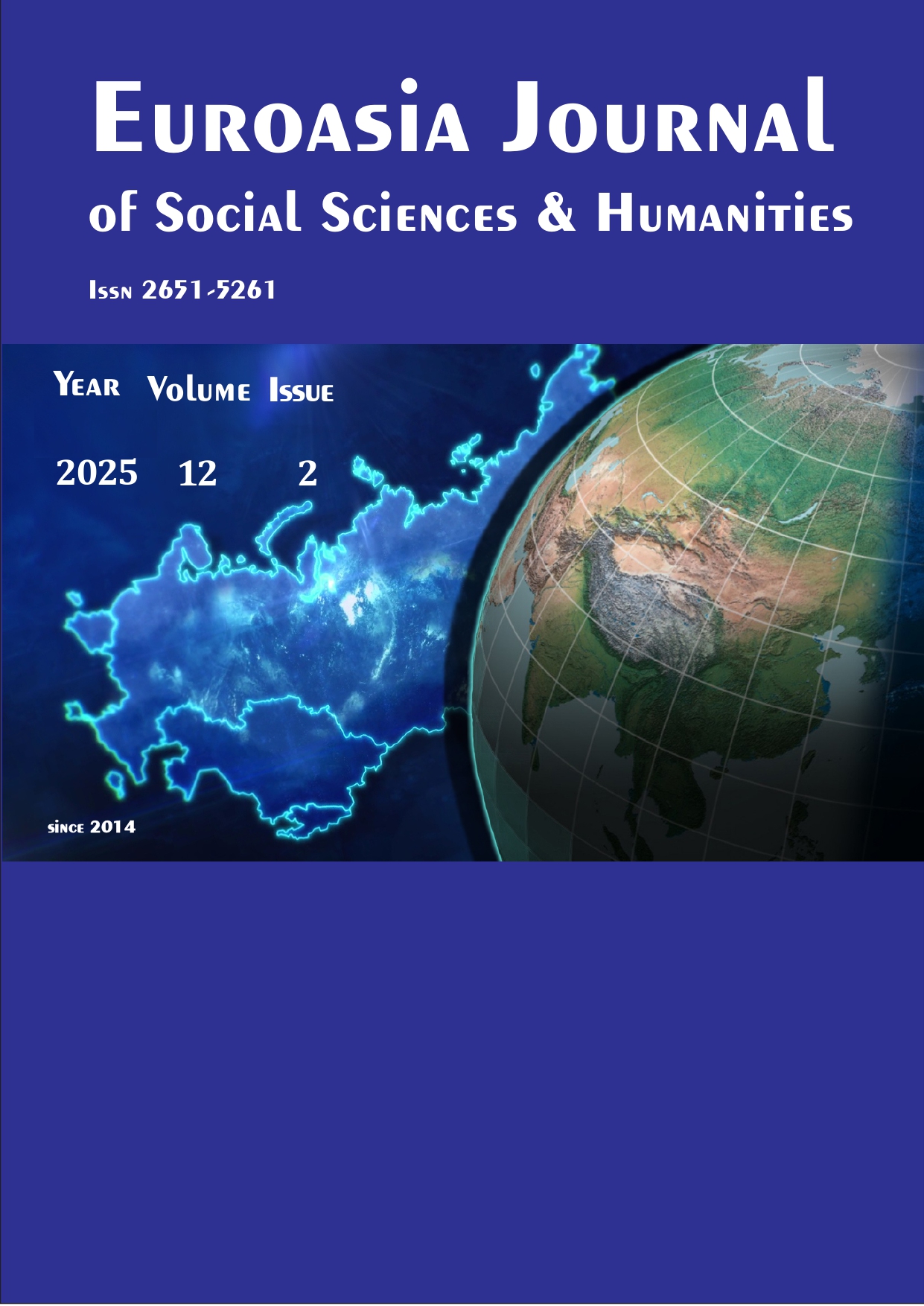Pain of Payment in Different Cultures and Personality Types
DOI:
https://doi.org/10.5281/zenodo.15306603Keywords:
Pain of payment, personality types, grocery shoppingAbstract
Pain of payment is one of the concepts that fall under cognitive biases in behavioral economics literature, as an extension of mental accounting theory. This concept focuses on the emotional effects created by the mental accounting processes during an individual's purchasing experience. With the diversification of payment methods and the advancement of technology over time, the concept of pain of payment has maintained its relevance. Research on the emotional impacts of various payment methods and shopping scenarios has revealed how pain of payment takes shape in different situations. The aim of this study is to explore the concept of pain of payment in the context of culture and personality type. It is observed that the concept of pain of payment is generally considered as a basic emotion in the literature, but the cultural and psychological factors underlying this emotion have not been sufficiently explored. The study examines how pain of payment is shaped by personality types and cultural identity in different cultures, such as in Germany and Turkey. The research, conducted through a website simulating a real shopping experience, analyzes the effects of personality types and payment methods on pain of payment using SPSS 30.0 and the Process v4.2 software by Andrew F. Hayes. The results show that personality types have a significant mediating effect in the relationship between culture and pain of payment. On the other hand, no significant results were found in the analysis of the mediating effect of payment methods.
Downloads
References
Banker, S., Dunfield, D., Huang, A., & Prelec, D. (2021). Neural mechanisms of credit card spending. Scientific Reports, 11(1), 4070. https://doi.org/10.1038/s41598-021-83488-3
Bagchi, R., & Block, L. G. (2011). Chocolate cake please! Why do consumers indulge more when it feels more expensive? Journal of Public Policy & Marketing, 30(2), 294–306.
Goldberg, L. R. (1992). The development of markers for the Big-Five factor structure. Psychological Assessment, 4(1), 26–42.
Hayes, A. F. (2018). Introduction to mediation, moderation, and conditional process analysis: A regression-based approach (2nd ed.). The Guilford Press.
Kahneman, D., & Tversky, A. (1983). Choices, values, and frames. American Psychological Association, 39(4), 341-350.
Levav, J., & McGraw, A. P. (2009). Emotional accounting: How feelings about money influence consumer choice. Journal of Marketing Research, 46(1), 66–80. https://doi.org/10.1509/jmkr.46.1.66
Liu, Y., & Dewitte, S. (2021). A replication study of the credit card effect on spending behavior and an extension to mobile payments. Journal of Retailing and Consumer Services, 60, 102472. https://doi.org/10.1016/j.jretconser.2021.102472
Loewenstein, G. (2000). Emotions in economic theory and economic behavior. American Economic Review, 90(2), 426–432. https://doi.org/10.1257/aer.90.2.426
Mazar, N., Plassmann, H., & Robitaille, N. (2016). Pain of paying? A metaphorical evidence from neural and behavioral science. SSRN Electronic Journal, 1–51. https://doi.org/10.2139/ssrn.2901808
Prelec, D., & Loewenstein, G. (1998). The red and the black: Mental accounting of savings and debt. Marketing Science, 17(1), 4–28. https://doi.org/10.1287/mksc.17.1.4
Reshadi, F. (2020). Three essays on the effect of pain-of-payment on consumers' financial decisions (Doctoral dissertation, West Virginia University).
Shah, A. M. (2015). “What’s pain got to do with it?”: How the pain of payment influences our choices and our relationships. (Doctoral dissertation, Duke University).
Shah, A. M., Eisenkraft, N., Bettman, J. R., & Chartrand, T. L. (2016). “Paper or plastic?”: How we pay influences post-transaction connection. Journal of Consumer Research, 42, 688–708. https://doi.org/10.1093/jcr/ucv056
Statista. (2024a). Ranking of the most purchased fast moving consumer goods (FMCG) in Germany from 2021 to 2023. Retrieved August 10, 2024, from https://www.statista.com/statistics/516475/food-retail-best-selling-fmcg-germany/#:~:text=The%20top%20three%20best%2Dselling,bought%20during%20the%20timeline%20shown.
Statista. (2024b). Regularly consumed groceries in Turkey as of June 2024. Retrieved August 11, 2024, from https://www.statista.com/forecasts/1002988/regularly-consumed-groceries-in-turkey
Tatar, A. (2017). Büyük Beş-50 kişilik testinin Türkçeye çevirisi ve Beş Faktör Kişilik Envanteri Kısa Formu ile karşılaştırılması. Anadolu Psikiyatri Dergisi, 18(1), 51–61.
Thaler, R. (1985). Mental accounting and consumer choice. Marketing Science, 4(3), 199–214.
Thaler, R. H. (1999). Mental accounting matters. Journal of Behavioral Decision Making, 12(3), 183-206. https://doi.org/10.1002/(SICI)1099-0771(199909)12:3<183::AID-BDM318>3.0.CO;2-F
Thaler, R. H., & Sunstein, C. R. (2008). Nudge: Improving decisions about health, wealth, and happiness. Yale University Press.
Yeung, K. L. (2014). Exploring the origin of pain of payment in cash and its relevance to computer payment interface (Doctoral dissertation, Iowa State University).
Zellermayer, O. (1996). The pain of paying. Dissertation submitted to the Department of Social and Decision Sciences for the degree of Doctor of Philosophy in Behavioral Decision Making and Marketing, Carnegie Mellon University.
Downloads
Published
How to Cite
Issue
Section
License
Copyright (c) 2025 EUROASIA JOURNAL OF SOCIAL SCIENCES & HUMANITIES

This work is licensed under a Creative Commons Attribution-NonCommercial 4.0 International License.

